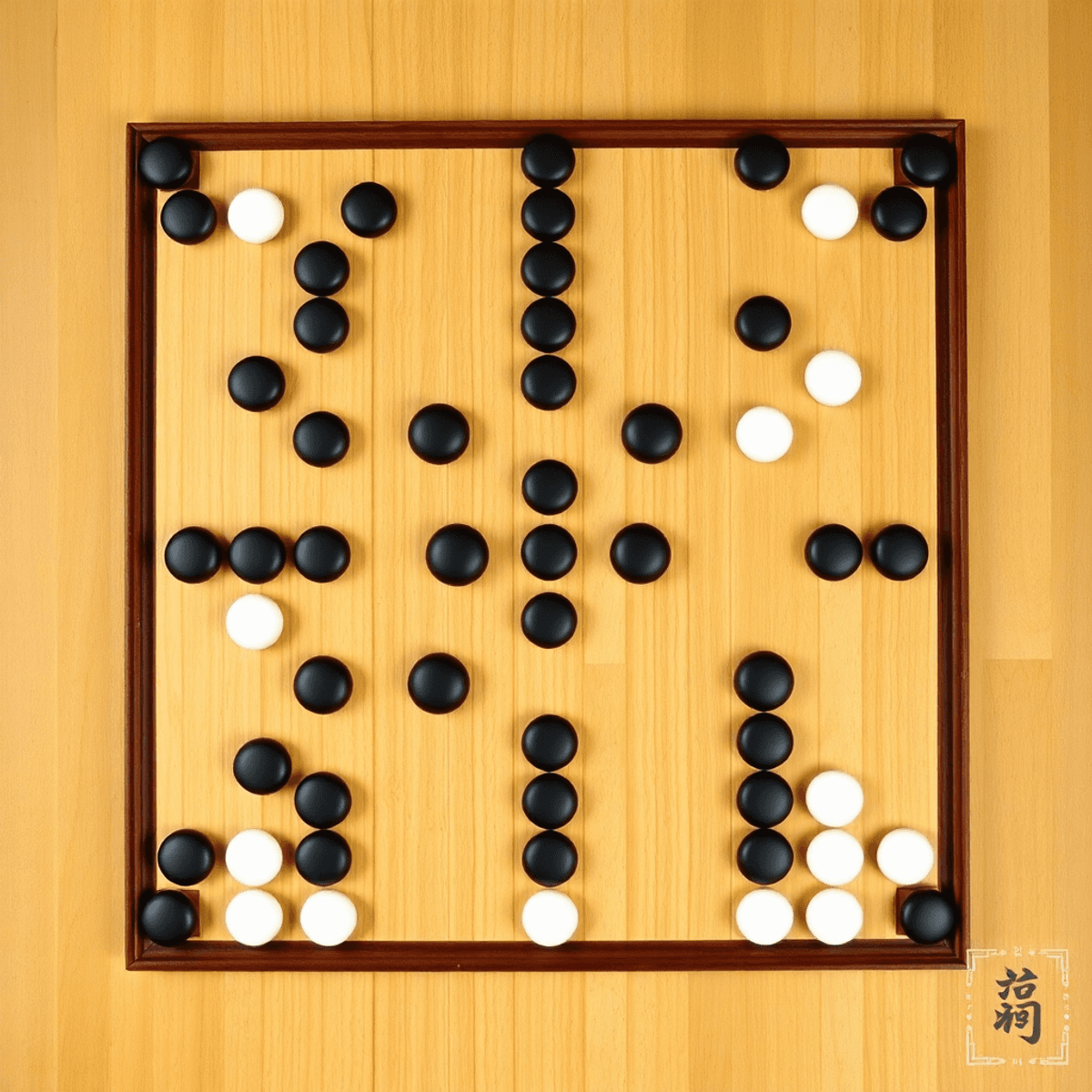
Candy Land is one of the most iconic board games of all time, loved by children and families for generations. But few people know the fascinating story behind its creation. Unlike many other board games designed purely for entertainment, Candy Land was originally invented to help children suffering from polio. In this article, we explore the Candy Land board game history, its origins, and how it became a household favorite.
The Birth of Candy Land: A Game Born from Tragedy
The story of Candy Land begins in the early 1940s, during a time when polio outbreaks were affecting thousands of children in the United States. The disease, which could cause paralysis, left many children hospitalized or bedridden for long periods.
In 1948, Eleanor Abbott, a retired schoolteacher living in San Diego, was recovering from polio herself. While in the hospital, she noticed the boredom and frustration of the young polio patients around her. Wanting to create something that could lift their spirits, Abbott designed a simple and engaging board game that they could play easily, even from bed.
The First Candy Land Board and Its Unique Design
Abbott’s design was colorful and inviting, featuring a winding path through a fantasy land of candy-themed locations, such as Peppermint Forest and Gumdrop Mountain. Unlike more complex board games that required reading or strategy, Candy Land relied solely on colors and movement, making it accessible for young children and those with limited mobility.
The game caught on quickly within the hospital, and Abbott soon decided to submit her idea to Milton Bradley, one of the biggest board game manufacturers at the time. Recognizing its potential, the company published Candy Land in 1949, marketing it as a game for young children.

Why Candy Land Became an Instant Success
Candy Land’s simple gameplay and vibrant design made it an instant hit. It didn’t require reading, counting, or strategy—just luck and colorful cards to move players forward. This made it perfect for preschoolers and families looking for a fun, stress-free game.
In 1950, Milton Bradley patented the game, and sales skyrocketed. By the mid-20th century, Candy Land had become one of the best-selling board games in the United States.
The Evolution of Candy Land Over the Years
Since its first release, Candy Land has undergone several redesigns, adapting to modern times while keeping its original charm. Some key changes include:
- Updated artwork to reflect contemporary design trends.
- Character additions, like King Kandy and Lord Licorice, to make the game more engaging.
- Special editions, including versions featuring popular children’s characters like Dora the Explorer and Disney princesses.
Despite these changes, the core gameplay of Candy Land has remained the same, proving that its original design was timeless.
Candy Land’s Lasting Impact on Board Game Culture
Few board games can claim to have had the same cultural impact as Candy Land. It has been inducted into the National Toy Hall of Fame and remains a staple in toy stores and family game nights worldwide.
More importantly, Candy Land’s origin story is a reminder of how games can serve a deeper purpose beyond entertainment. What started as a simple distraction for polio patients became a game that has delighted millions of children for decades.
Conclusion
The Candy Land board game history is truly a fascinating tale of resilience, creativity, and the power of play. What began as a small act of kindness in a polio ward has turned into one of the most beloved board games of all time.
Whether you played it as a child or are introducing it to a new generation, Candy Land remains a timeless classic with a heart-warming history.





